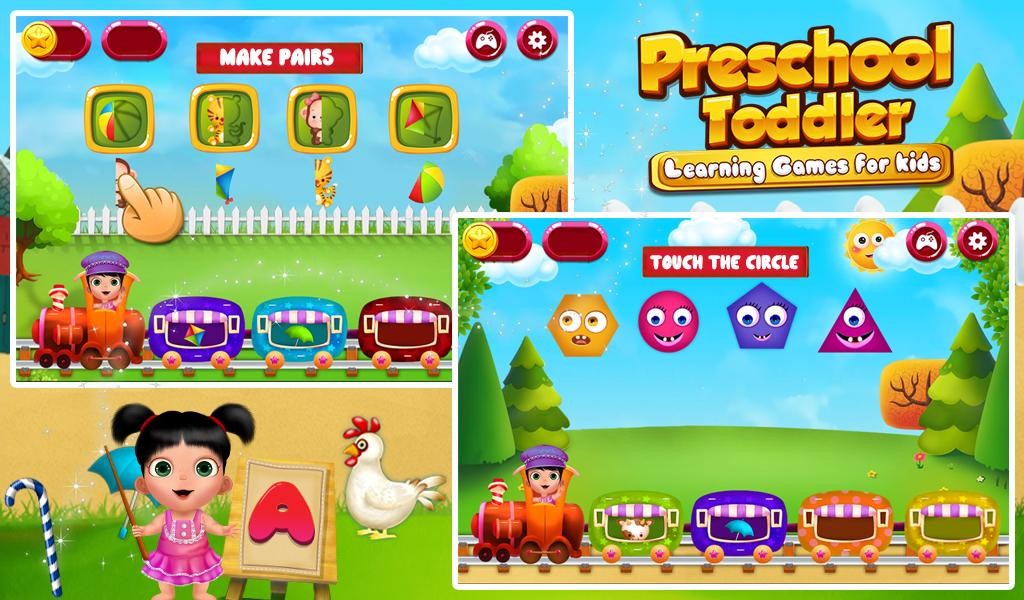
In interviews about their child’s media use, parents often expressed confidence in their child’s ability to learn from educational apps, possibly “better…than from hands-on toys” ( Radesky et al., 2016, p. Given the educational categorization of apps in prominent app stores, parents may expect that their children will develop the advertised early academic skills through using them. While many children use mobile devices to stream videos through YouTube or Netflix, mobile applications (“apps”) that involve gaming or educational instruction are similarly popular.Īpps marketed as “educational” in commercial app stores advertise instruction on a wide range of fundamental academic skills, including counting, reading, and pattern recognition. Children ages eight and under spend an average of over two hours daily using screen media, with a significant portion of time spent on mobile devices ( Rideout, 2017). Access to mobile devices is likewise commonplace in lower-income households, with 96% owning a mobile device ( Rideout, 2017). Recent estimates illustrate the universality of mobile device access, with approximately 98% of children ages eight and under living in a home with some type of mobile device ( Rideout, 2017). Young children are now exposed to technology in a manner unlike any other generation. These results highlight the need for improved design of educational apps guided by developmental science. 0047) when compared to paid apps, due to the presence of distracting enhancements. Free apps had significantly lower Pillar 2 (Engagement in Learning Process) scores (t-test, p <. Overall scores were low across all Pillars. We developed a coding scheme in which each app earned a value of 0–3 for each Pillar, defining lower-quality apps as those scoring ≤ 4, summed across the Four Pillars.

We analyzed 100 children’s educational apps with the highest downloads from Google Play and Apple app stores, as well as 24 apps most frequently played by preschool-age children in a longitudinal cohort study. This study aimed to operationalize Hirsh-Pasek, Zosh, et al.’s (2015) Four Pillars of Learning into a reliable coding scheme (Pillar 1: Active Learning, Pillar 2: Engagement in the Learning Process, Pillar 3: Meaningful Learning, Pillar 4: Social Interaction), describe the educational quality of commercially-available apps, and examine differences in educational quality between free and paid apps. Experts have expressed concerns about the lack of evidence demonstrating that children’s “educational” applications (apps) have educational value.


 0 kommentar(er)
0 kommentar(er)
